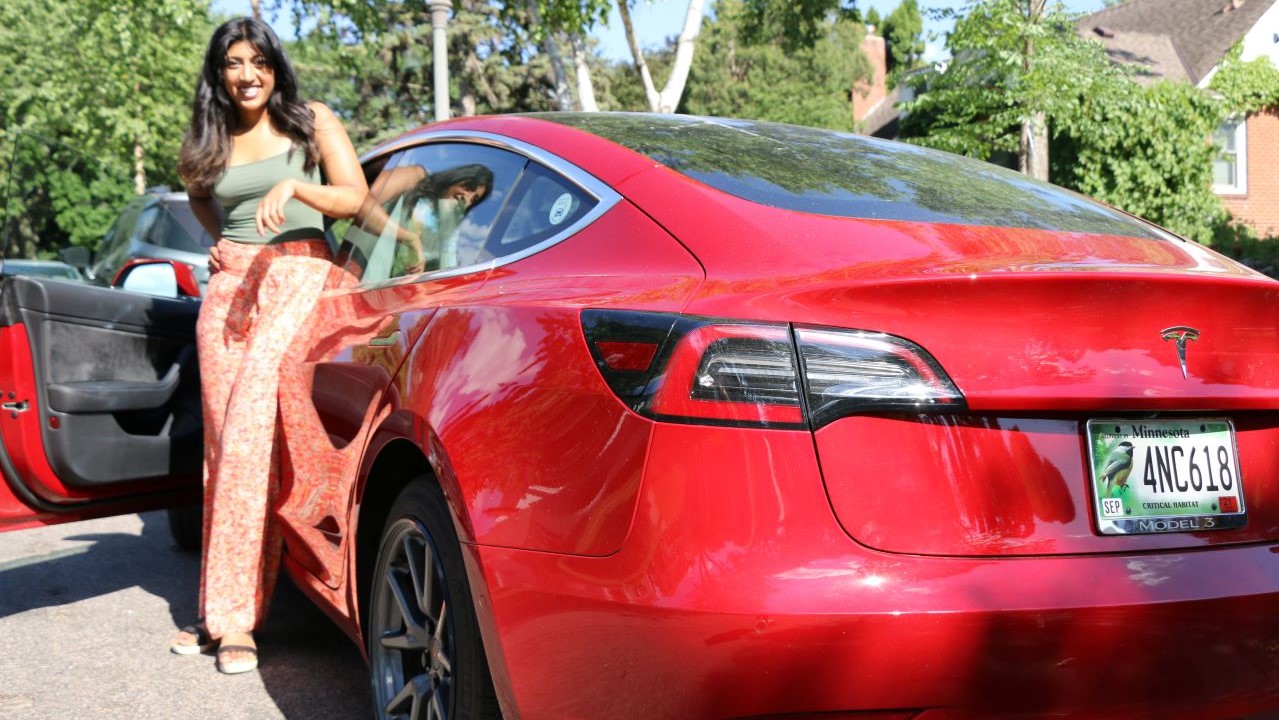
Through my work at Shift2Electric and as clean transportation consultant at Fresh Energy, I have dedicated the last 10 years to advancing electric vehicle (EV) adoption. It’s both rewarding and gratifying to see that the transition to electric vehicles is becoming inevitable and apparent even to those who do not consider themselves early adopters.

This is not to say that there isn’t still a lot to be done. We must continue to work to ensure theshift from internal combustion engines (ICEs) and fossil fuels to EV drivetrains and the freedom to choose your transportation energy continues. But at least now we can focus more on the speed of transition, how to support all stakeholders in the process, and educate people about the benefits of the transition.
Here are 12 EV market trends for 2022 and beyond that I find important or interesting right now. There are a lot of other trends that could be listed here too, but this year I chose to highlight these ones. Check these out and let us know what you think.
Trend 1: Europe continues to lead EV adoption.
Currently, EVs make up only three to four percent of the new light duty market here in the U.S., but industry analysts anticipate the EV market share in the U.S. to rise to 50 percent by 2030. In 2018, Europe had the same three to four percent EV market share we do now and, as of November 2021, EVs accounted for 26 percent of new light duty vehicle sales there.
The biggest difference between the U.S. and Europe is EV model availability. Europe put tighter emissions standards in place in 2019 which pushed manufacturers to bring a real selection of EVs to consumers in Europe. Manufacturers quickly learned that there was a lot of demand for EVs, and the market took off. Because the U.S. doesn’t have robust emissions standards in place, auto manufacturers are still prioritizing Europe when it comes to the new technology. As a result, the U.S. will have a very limited number of EVs available at a limited number of dealers in select states—this is why Tesla keeps gaining market share rapidly in the U.S. I talk more about this in Trend 4.
Trend 2: The general public begins to realize that range has changed.
In 2012 when my family got our first Nissan Leaf, it provided 73 miles of range. This was adequate for my wife’s work commute, which accounted for most of the miles driven in our family at the time. However, the Leaf didn’t provide much flexibility beyond that at that point. Since then, rapid battery tech and charging infrastructure development has changed the game. The 2018 Nissan Leaf had double the range and in 2019 the Leaf Plus provided over three times the range at 225 miles.
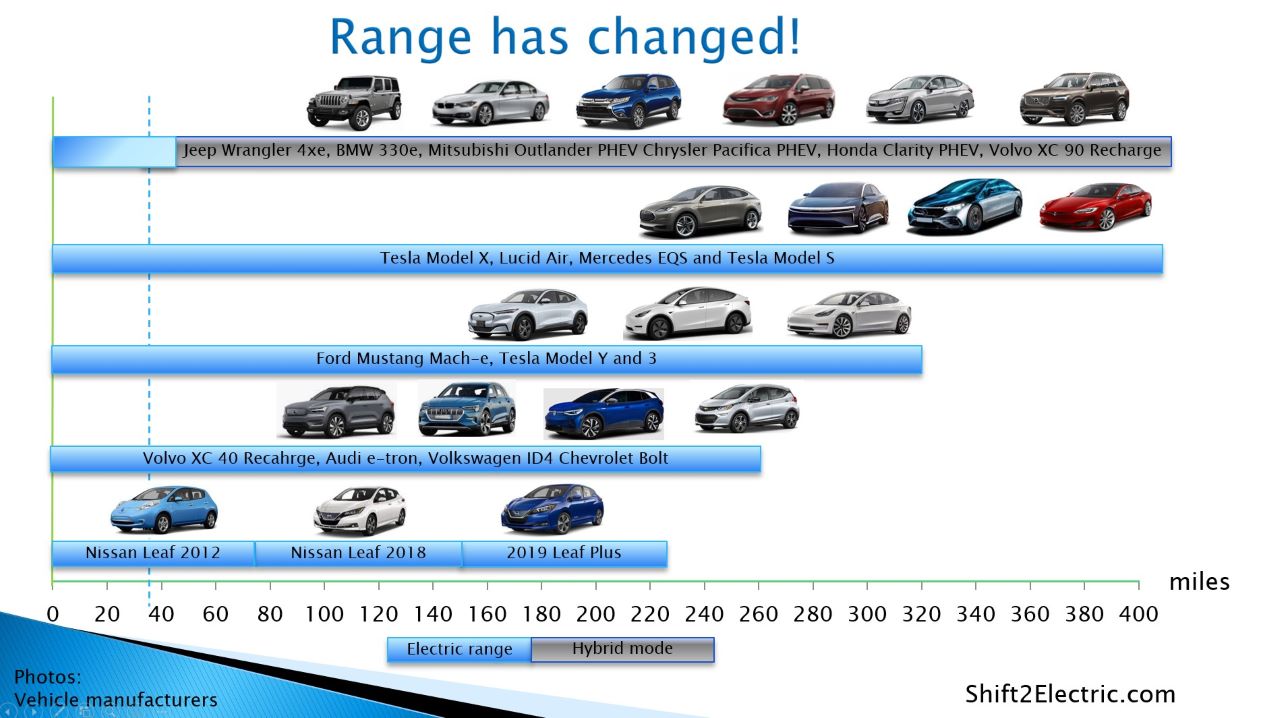
Currently, nearly all new EVs available in the market provide over 200 miles of range and the average range of new EVs sold in 2021 was over 250 miles. I rarely drive more than 250 miles in a day—but if I do, there are an increasing number of DC fast charging stations that enable me to travel where I want, when I want. The public is starting to come around to the fact that EVs are no longer limited by a range of 70-80 miles like they were years ago.
Trend 3: Crossovers continue their popularity.
This is not directly linked to EVs but does impact everything across the auto market. Consumers in the U.S. used to want SUVs or sedans, but now there has been a movement to the middle—to crossover vehicles. Crossovers, or CUVs, make up more than 45 percent of the new light duty vehicles sold, making them the biggest segment of the market, and this is where you can also find most of the new EVs coming to market in general.
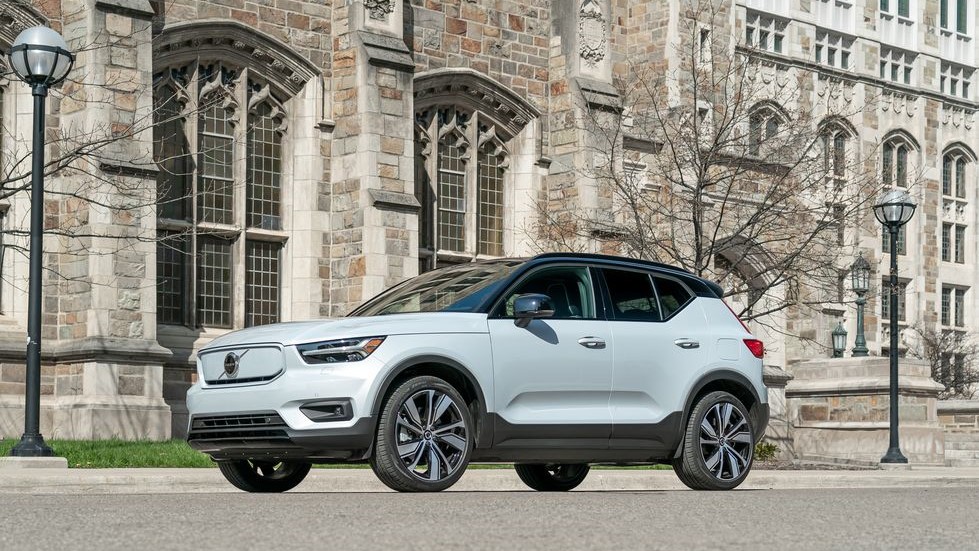
Last year we saw the Tesla Model Y leading the segment followed by many excellent contenders like the Mustang Mach-e, Volkswagen ID4, Volvo XC 40 Recharge, Jeep Wrangler 4xe, and more. This year we will also see many great new additions to this same segment: Audi Q4 e-tron, Cadillac Lyric, Kia EV 6, Hyundai Ioniq 5, Nissan Arya, Polestar 3, etc., and dealers won’t have any problem selling all that they can get their hands on. Volkswagen for example has 40,000 customers waiting for ID4s right now, so they can’t get their U.S. production started soon enough! Visit www.EVInfoList.com for up-to-date list on EV makes and models available in the US.
Trend 4: Tesla continues to rule the U.S. EV market (and maybe Europe too).
Since most traditional auto manufacturers still need to scramble to supply the EV demand in Europe, they continue to provide only a very limited number of EVs to the U.S. market. Tesla has also struggled a bit because demand has been outstripping supply. However, their production has been next level when compared to other manufacturers. Tesla delivered over 930,000 EVs in 2021, and there were still many customers who had to wait for months for their vehicles. The good news is that this waiting game is about to change.
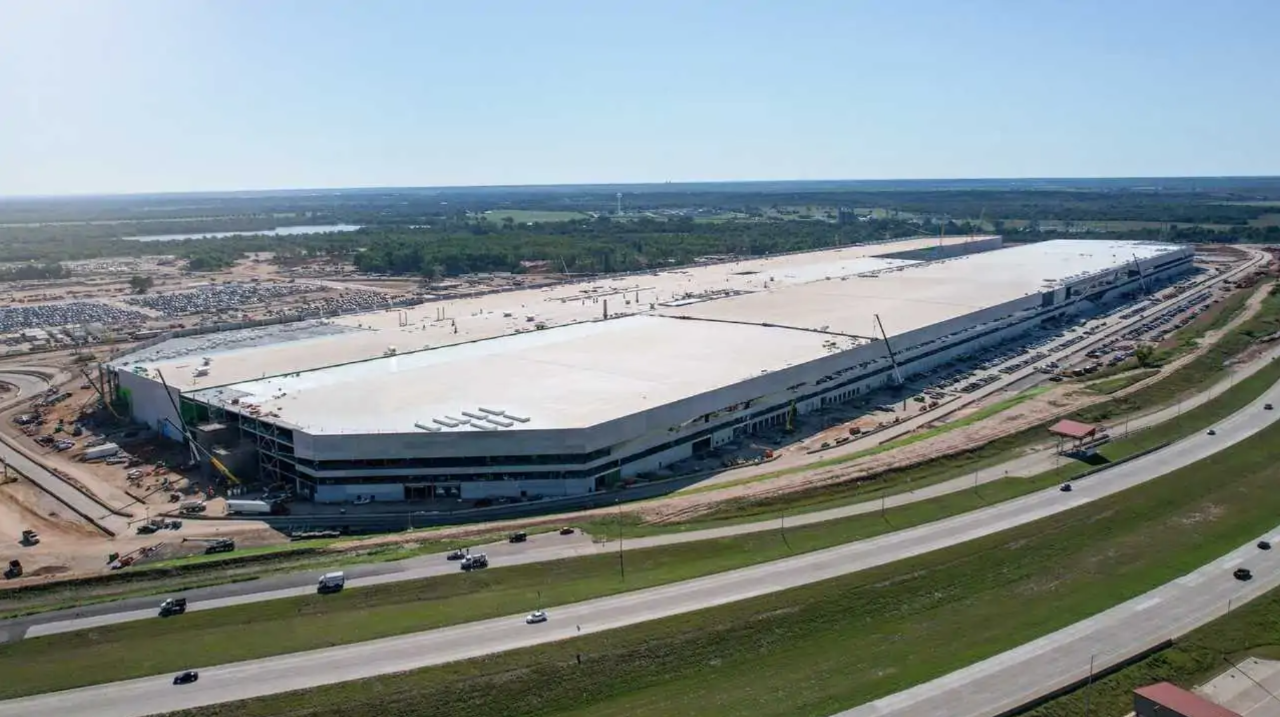
Tesla will be opening Giga Berlin (in Germany) and Giga Austin (in Texas, USA) factories this quarter; when those plants are fully functional, they will double Tesla’s current production capacity. Additionally, thanks to its new Berlin factory, Tesla will no longer need to haul vehicles to the European market from the U.S. or China. This will enable Tesla to increase its sales dramatically in the U.S. In Q3 2021, Tesla’s light-duty market share in the U.S. was 2.5 percent, which made them the 16th biggest seller ahead of many more established auto makers like BMW or Volkswagen. With new production capacity and clear market demand, Tesla might find itself in the top 10 at the end of this year. If this is not a wakeup call to all traditional automakers, what is? Fortunately, some of them will get a chance to fight back like I describe in the next trend. That said, they will still be well behind Tesla as it continues to dominate the market due to robust long-term investment into EVs. A good example of this was Hertz’s announcement last year that the company is adding 100,000 Teslas to its fleet by the end of 2022—the biggest story in the car rental industry in 2021.
Trend 5: A small number of EVs will have decent to good availability.
The market will continue to be heavily supply limited in 2022. But, there will be some models that will have a better availability—especially later this year. Tesla buyers will naturally have an easier time getting the segment-leading Model Y and Model 3s. Tesla Model S and Model X production and supply was very limited in 2021 because Tesla was concentrating on the Y and 3, but additional production capacity should help. Fortunately, some of the other manufacturers are also ramping up U.S. production, which will improve availability. Later this year, Volvo and Polestar will start a new EV production line in Ridgeville, South Carolina, where they will produce the new Polestar 3 and new electric Volvo XC90 followed in 2024 by an electric version of the smaller XC60 SUV. Volkswagen will hire 1,000 new employees to start the ID4 production in their Chattanooga, Tennessee, plant. On top of this, Ford will start manufacturing the F-150 Lightning this spring at its Rouge Electric Vehicle Center in Dearborn, Michigan, and will have the ability to build up to 150,000 electric F-150s per year by mid-2023. Lucid and Rivian have already started production, but it remains to be seen how fast they can ramp it up. Auto and battery manufacturers are also planning to open 13 new EV battery plants in the U.S. within the next five years to increase domestic battery supply.
Trend 6: Electric pickups are coming.
Years ago, people used to ask me when we would get some electric pickup trucks. My standard answer at the time was: “Whenever Tesla develops one.” That’s pretty much what happened. There was very little concrete movement in this segment until Tesla announced the Cybertruck. Almost immediately afterwards, several other manufacturers started to talk about their electric pickup plans. At the moment, it looks like Ford will be the first to start a real mass market production with the F-150 Lightning.
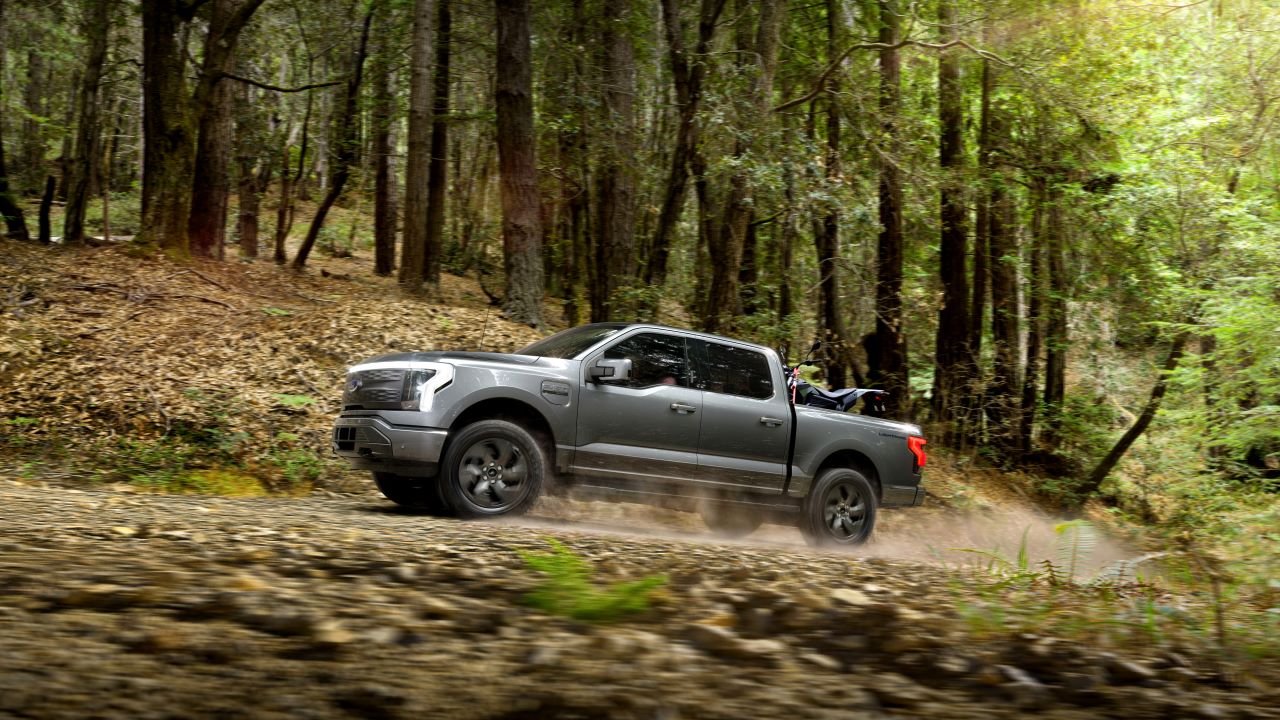
Ford recently stopped taking new reservations for the truck after reaching an impressive 200,000 reservations. The company will begin taking orders this month, and deliveries are expected to start early this summer. The Lightning is the most powerful and versatile F-150 that Ford has ever built, so it’s not a surprise that it is extremely popular. Speaking of popularity, I should mention that Tesla has a mind-boggling 1.3 million reservations for the Cybertruck. This is a good reminder that even though I’m not a big fan of the design and wouldn’t have any use for this kind of vehicle, there are a lot of people who think otherwise. So, when Tesla gets Cybertruck production rolling, this will cover a hefty chunk of their U.S. sales.
Rivian has also made waves with the R1T truck. Rivian listed to New York Stock Exchange this fall and immediately became one of the highest valued automakers with a market cap of $100 billion. Rivian has over 70,000 reservation holders for the R1T truck and started to deliver a small number of them last quarter. Their big challenge this year is to ramp up the production of the R1T truck and R1S SUV. General Motors has brought back the Hummer brand to offer a powerful EV truck for their customers and began GMC Hummer EV production in December 2021. We can expect limited deliveries this year and bigger production coming in 2023. Chevrolet has also unveiled the electric Silverado, but we are not expecting to see that in the market until spring of 2023.
Trend 7: New homes start to get EV ready.
Overnight home charging is the most convenient and affordable way to power an EV, and surveys say that more than 80 percent of charging happens at home. You just plug the car in when you get home and unplug it when you leave in the morning. This really doesn’t differ much from plugging in your cell phone for charging—the plug is just a bit bigger! Overnight charging during off-peak hours is the most grid-friendly way to power an EV because the grid has a lot of extra capacity during those hours. To that end, we need to help everyone get access to home charging in single family homes, in condominiums, and in apartment buildings. The key is making sure there is 240V power available in the garage for charging station installation. If the power is there, the process is much easier. Naturally, installation costs are considerably lower if the capacity is installed during building construction versus retrofits. Fortunately, many local building codes are beginning to adopt EV readiness language, and there are good model codes available too.
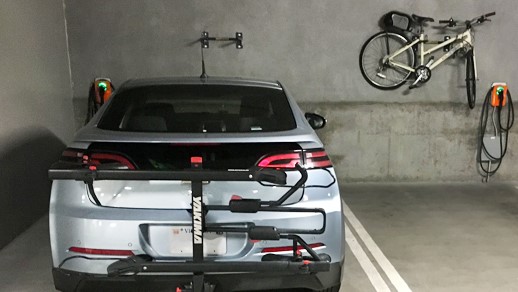
Condominiums are already experiencing demand and will need to address it soon. Just a couple of EV drivers in a condo means that a Homeowners Association needs to figure out how to provide charging for them, and make sure that other condo members have the same opportunity when they consider buying their EV. Utility companies are also becoming more active in this area, and they are providing programs and technical support for condominiums and apartment buildings. Throughout 2022, we’ll see a lot more discussion and hopefully a lot of progress too on this front.
Trend 8: Federal funding will accelerate fast charging network developments.
In the short term, European EV market growth slows EV sales in the U.S. because auto manufacturers are prioritizing their limited EV production allocations to Europe. However, in the long term this will help the U.S. because automakers will accelerate their shift to EVs globally. This will lead to much faster EV sales growth in coming years, and industry analysts are predicting that U.S. EV sales will hit 50 percent in 2030. To support this growth, President Biden has set a goal of installing 500,000 public charging stations by 2030. These efforts got off to a good start in the fall of 2021 when the Federal Infrastructure Investment and Jobs Act, also known as the “infrastructure bill” was signed into law. This provides $5 billion for states to use to build a national charging network and an additional $2.5 billion as grant funding for all alternative fuels. The infrastructure bill houses the biggest national investment in electric vehicle charging yet and is a significant first step towards building a robust national charging network for all EV drivers.
Trend 9: Public EV charging goes DC.
One of the benefits of Europe’s faster EV adoption is that the U.S. can learn from their experiences. In a way, it gives us an opportunity to predict our future! We’re seeing first-hand the challenges Europe is facing and what solutions seem to work best. One such lesson is that public charging is starting to rapidly move from Level 2 units to DC fast charging (DCFC). Level 2 charging requires hours, and there are limited places where this makes sense in public areas. Hotels and office building parking garages are such locations, but in places where parking times usually are measured in minutes rather than hours, the DC fast charging makes more sense. Corridor charging by highways requires high-power units which can provide 150-350kW, but we can use medium power stations (50-150kW) in many other locations.
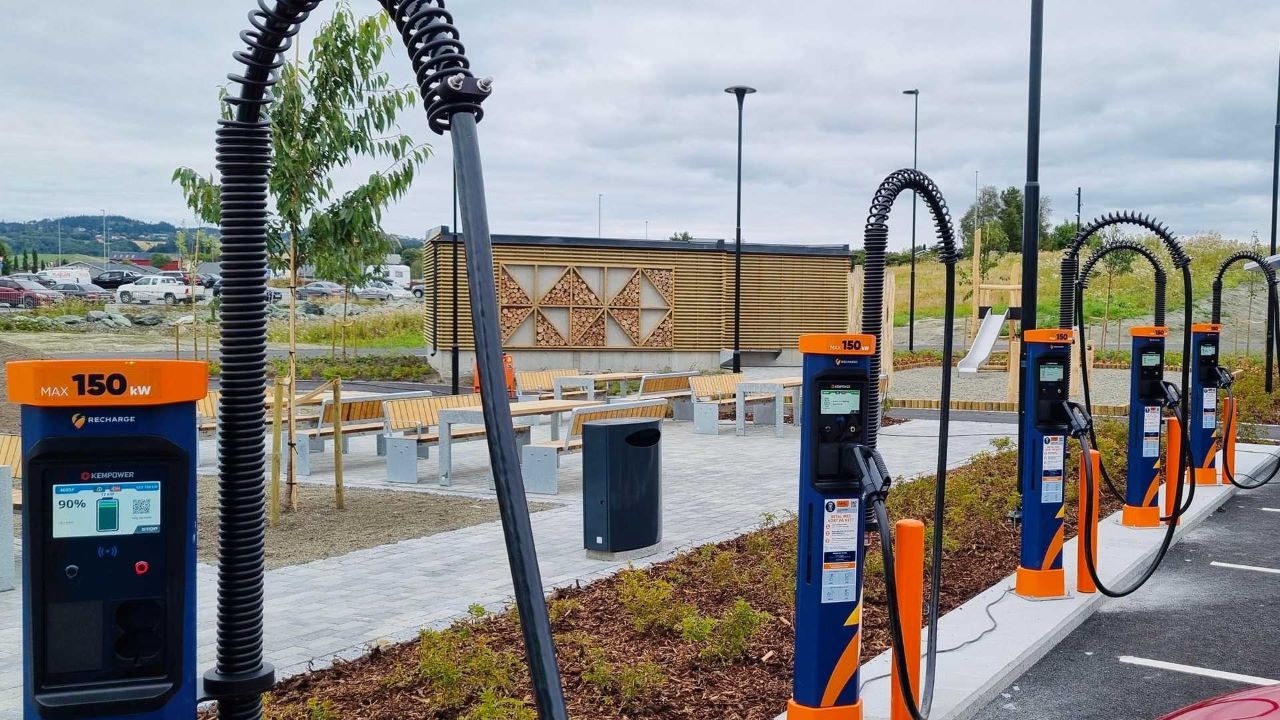
What we need are reliable, redundant, and scalable solutions which will enable us to build grid-friendly systems right now and easily upgrade them when the demand grows. It’s true that there are local power and space limits that must also be considered, but, in general, public EV charging is becoming faster.
Trend 10: Public EV charging becomes easier.
A pain point of public charging has been multiple network setups, payment system variations, and unreliable payment hardware and software. Interestingly, payment systems have been one of the most common failure points on public charging networks. Tesla owners have been isolated from this because their proprietary Supercharging Network detects the vehicle when the charging cord is connected and automatically deducts charging fees directly from the owner’s account. Owners simply plug the car in and unplug it when they leave, and the system takes care of the rest.
At long last, a new Plug&Charge protocol will bring this same convenience to other EV drivers! There are some EV models and charging networks that can utilize this feature already, but it will be fully rolled out to others in the coming years. Due to numerous vehicle manufacturers, charging infrastructure providers, network operators, and system coordinators involved, this process will be more challenging than it was for Tesla, but it will be well worth the effort. We can expect some challenges during the rollout, but when the initial bugs have been fixed and standard variation differences figured out, public charging payments will be easier than traditional gas car fill up payments.
Trend 11: Power starts flowing back from EVs.
For the last 10 years there has been talk that EVs will become mobile power sources through Vehicle to X (V2X) solutions. Since then, the conversation has continued to evolve. This started with discussions around how EVs could support the grid with Vehicle to Grid (V2G). Next common idea was how EVs could power your home during power outages using Vehicle to Home (V2H) functions. Recently, there has been discussion about how EVs could be used as mobile power banks to power anything you want to do in your life, via a Vehicle to Load (V2L) setup. These are all exciting use cases and provide a new kind of freedom to choose how you power your life, both at home and beyond. There have already been many pilots to study these technologies, but it is looking like this year we will get more and more vehicles that will actually enable people to do these things with their own cars.
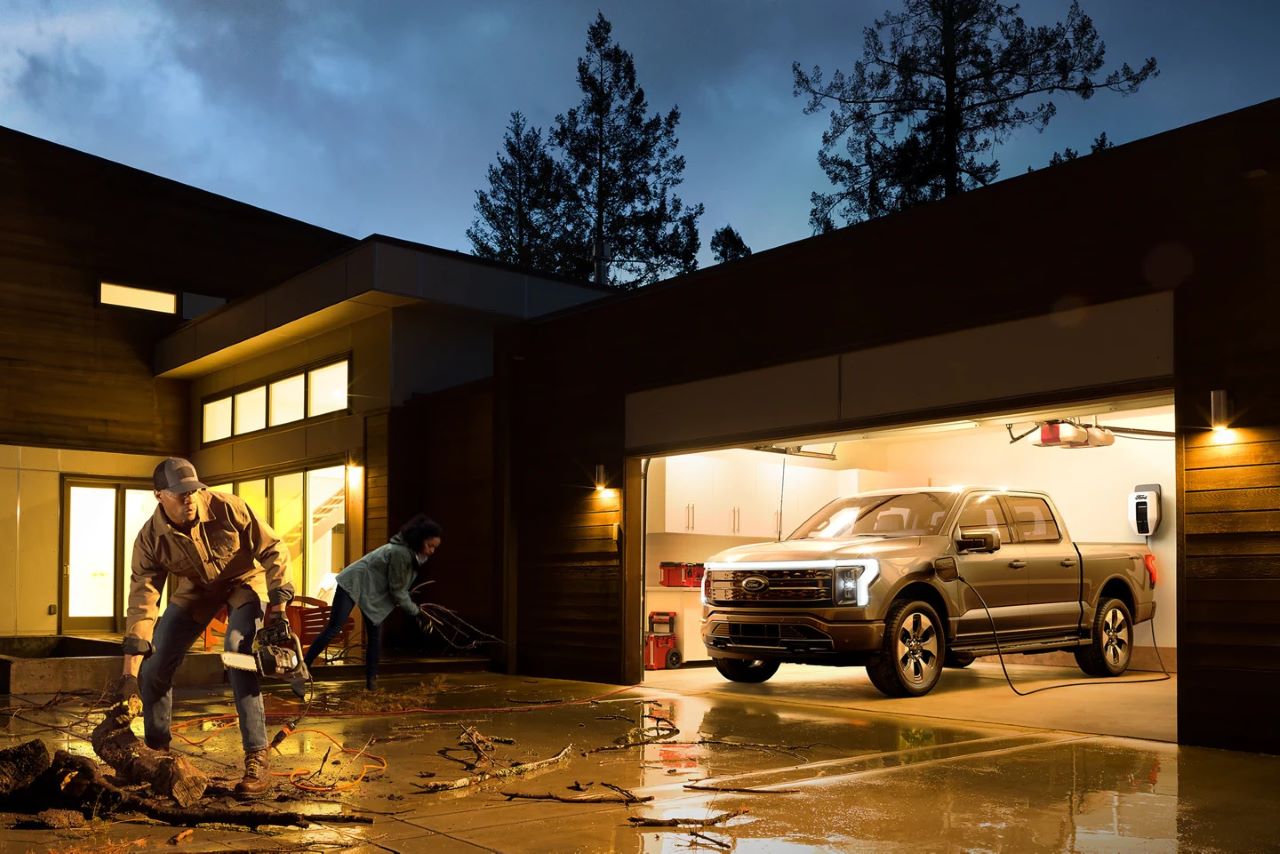
The Ford F-150 Lightning is taking this the furthest by providing a respectable power level of 9.6 kW to power your home. It has a big enough battery that I could power my house with it for a week without any problems. The Lightning also has two 120V outlets inside the cab, four outlets in the frunk (front trunk), four outlets in the bed, and yet another outlet, this one 240V, in the bed that you can use to power heavy duty construction equipment or even charge another EV. The new Kia EV6 and Hyundai Ioniq 5 have 120V outlets by the back seat, and you can connect a special adapter on the charging connector to also power your tools and toys when you are out and about. This is a prime example of a Vehicle to Load (V2L) setup. Volkswagen has also announced that all of their ID branded cars will be V2G capable this year, so this trend is clearly moving forward.
Trend 12: Electrify everything!
In addition to light duty vehicles, we’re seeing electrification happening indoors, outdoors—everywhere you can think of! A few years ago, it was hard to find a decent battery-powered lawn mower. Now, our electric lawn mower lists have over 60 models to choose from! And not just lawn mowers, but chain saws, edgers, hedge trimmers, leaf blowers, pole saws, string trimmers, and even snow blowers. Replacing small internal combustion engines with electric-powered ones is critical: Small engines run very inefficient burning processes and don’t have much emission controls, so they produce some of the worst pollution.
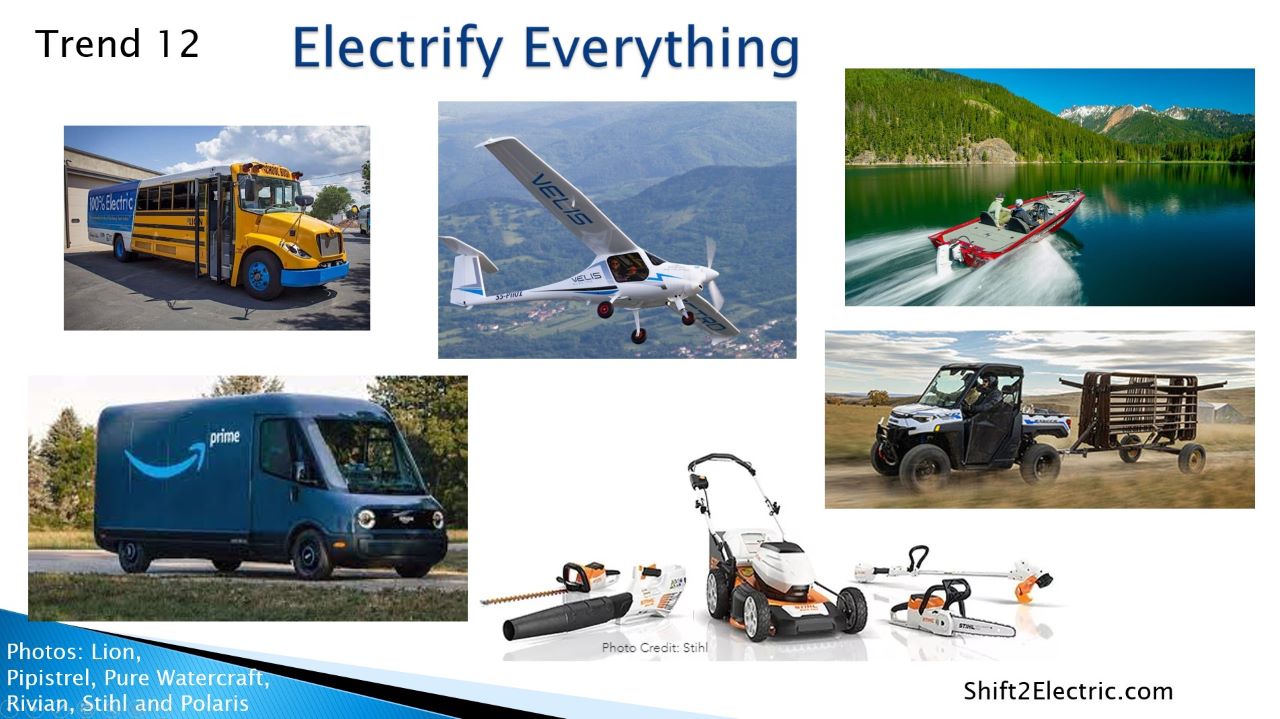
Electric bikes are becoming more affordable and have had a significant increase in sales in recent years—just ask Erik the Bike Man. The extra boost and flexibility they provide have enabled many people to bike more often and use their bike for commuting. Electric bikes will not replace traditional ones, but they have already increased the miles biked in Minnesota and beyond, and they will continue to do so. There are also more capable electric mopeds, scooters, and motorcycles for those in the market for a set of electric wheels. Polaris just unveiled its new electric Ranger XP Kinetic side-by-side which has 80 miles of range and plenty of silent power. But the momentum doesn’t stop there.
Delivery fleets are going electric too. Rivian is starting to deliver the first EDV700 vans to the Amazon fleet, and FedEx has begun using GM’s Brightdrop EV600 vans. Transit agencies are adding electric buses, and school districts are looking to replace their diesel school bus fleets with electric ones. Norway is even electrifying the country’s ferries, small electric planes are being used for pilot training, and much more! There are so many good developments happening in all these areas, and when people start to use electric-powered vehicles, appliances, and tools in one area of their lives they start to think, why wouldn’t I do this in some other area of life too?
Welcome to the EV decade.

